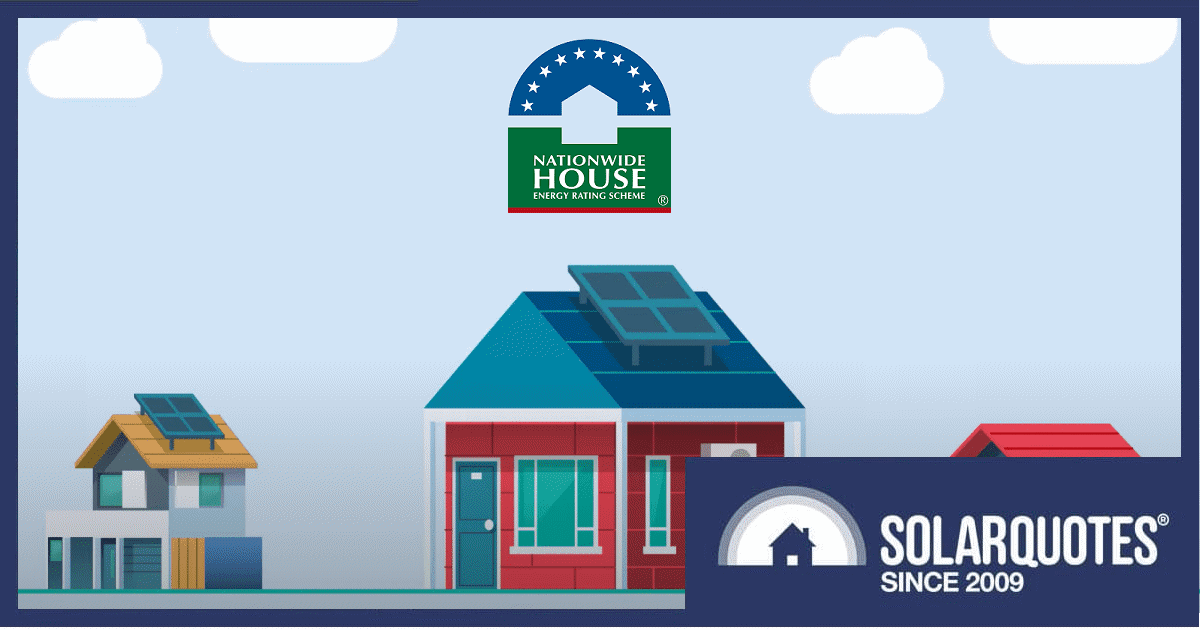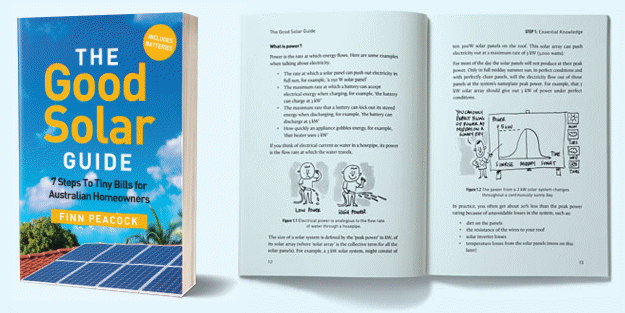The Nationwide House Energy Rating Scheme (NatHERS) has teamed up with CSIRO for a trial providing free home energy ratings to eligible home owners and renters; carried out by trained assessors.
What Is NatHERS?
NatHERS is a national program that was established in the 1990s to assess thermal performance and encourage improvements in the energy efficiency of new residential buildings and major home renovations. It was integrated into the Building Code of Australia (BCA), part of the National Construction Code (NCC), in 2003.
Under the program, an assessor examines plans for a house and uses specialised software to calculate a star rating out of 10 and a ‘Whole of Home’ rating out of 100.
When NatHERS commenced, new homes had to achieve a minimum 4-star energy rating to comply with the BCA. These days the minimum energy efficiency rating for new homes is 7 stars. But houses change over time with renovations and other activities, such as adding solar power and battery systems, and there are millions of homes across Australia that were built before NatHERS came into play.
This new initiative is a part of field trials looking at expanding NatHERS to existing homes.
Energy Rating Assessment Eligibility
Eligibility is straightforward – all residential properties are eligible, as are all owner-occupiers and tenants. While landlords aren’t eligible, they can let their tenants know about the initiative. Houses chosen will be based on their proximity to an assessor and there’s coverage for most metropolitan centres – but there’s no guarantee an application will be successful.
What Does The Assessment Involve?
During an assessment, the assessor will perform a LiDAR scan of the home and collect related construction information. LiDAR stands for Light Detection and Ranging (or Laser Imaging, Detection, And Ranging), which is a method for calculating ranges by zapping a target with a laser and measuring the time for the reflected light to return to the LiDAR receiver.
The assessment also involves modelling of existing homes through AccuRate Enterprise, CSIRO-developed software already in use. It’s a cloud-based tool for analysing floor plan and construction data to determine heating and cooling loads. AccuRate Enterprise can model up to 50 living spaces and 99 zones within a home, in any one of 69 different climatic zones across Australia.
As well as a rating assessment, participants will be provided practical tips for energy-efficiency upgrades to knock down their energy consumption and costs.
Data collected will also be used to further develop and refine a possible future existing homes rating scheme. Additionally, aggregated data will be utilised in publications concerning the outcome of the project, and in other related research projects approved by CSIRO. Data will not be made publicly available, and any collected will be secured observing CSIRO’s Recordkeeping Procedure.
How Is This Trial Funded?
In April 2023, the Albanese Government announced $36.7 million in funding to expand NatHERS to offer energy assessments and ratings for existing homes. The funding was to also support the expansion and modernisation of the Greenhouse Energy Minimum Standards (GEMS).
Who Are The Assessors?
Back in November last year we reported on a call from NatHERS for more than 40 participants to carry out assessments and help ensure the ratings systems developed for existing homes and related processes work as intended. Training for experienced assessors (i.e. those already assessing new homes) was to kick off in mid-December last year and conclude this month. Those without previous experience were to start training this month.
More information on the trial and a consent form are available here.
Energy efficiency is the low-hanging fruit for Australian households without solar power systems to save money on electricity costs and slash emissions; and for those with them to save even more. For more on this, check out our 6 Steps For A More Energy Efficient Home.
Trivia: The Department of Climate Change, Energy, the Environment and Water states that residential buildings are responsible for close to 24% of overall electricity use and more than 10% of total carbon emissions in Australia.


 RSS - Posts
RSS - Posts



Thanks for that, Michael.
We’ll see if the ‘national authority’ cares about energy efficient homes in NW Tasmania now, or not!